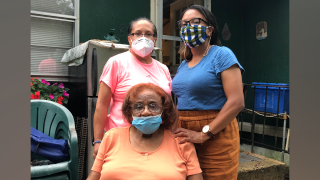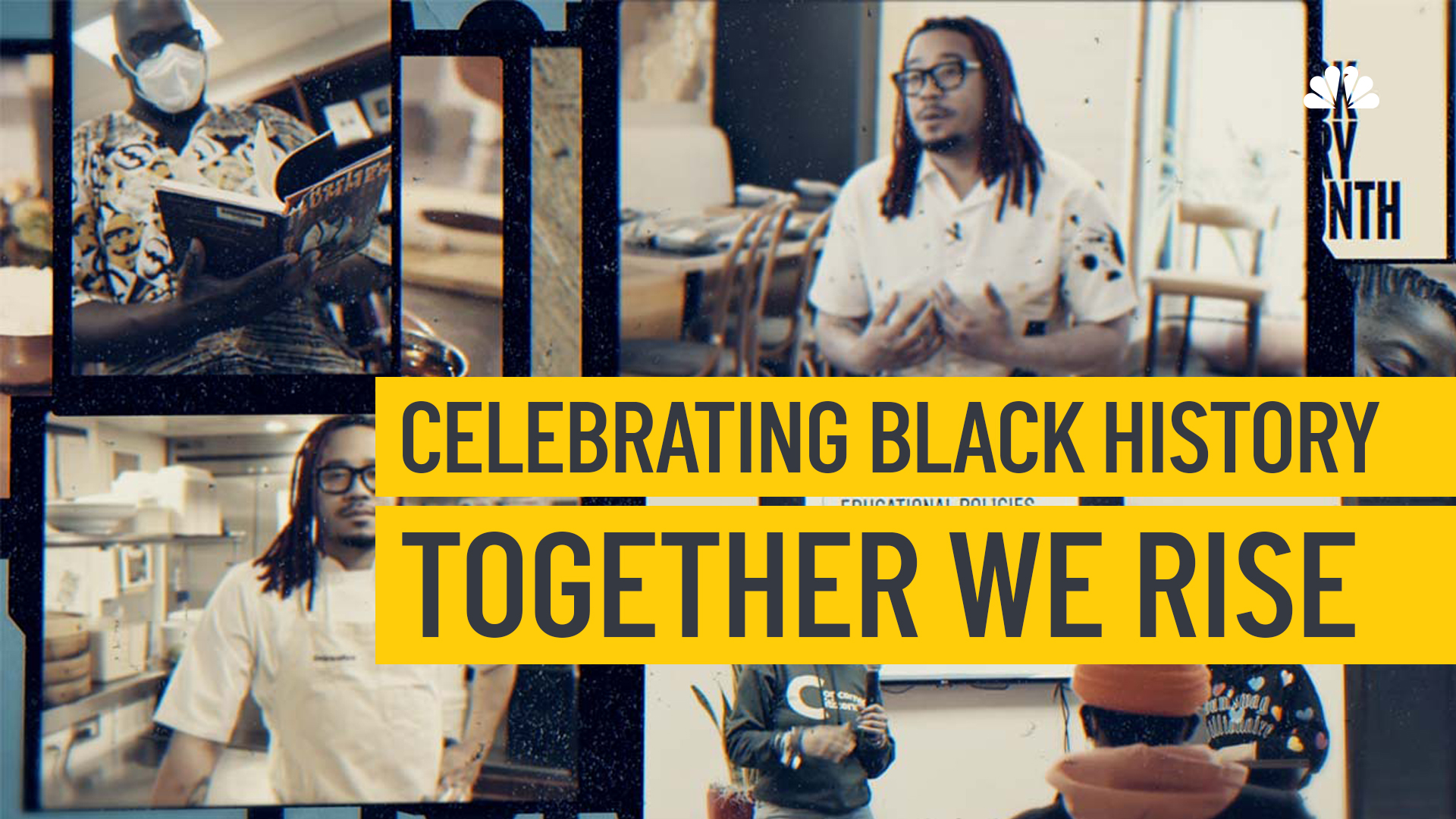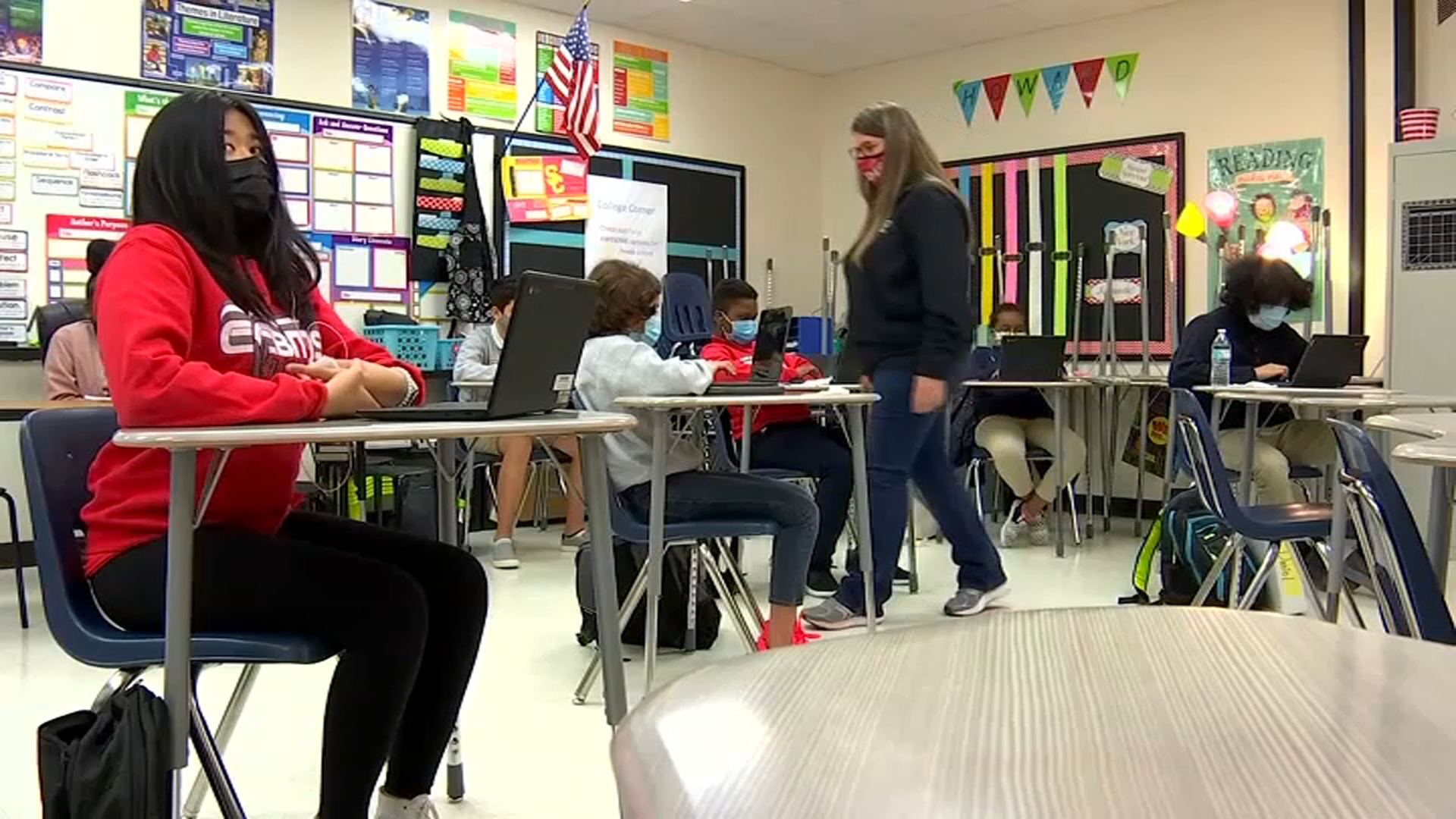
When a new baby joins the Hackett family, an acre and a half of land in the Norbeck area of Montgomery County, Maryland, will swell to hold five generations of history. Under the shade of a maple tree that has grown too tall, a grill sizzles, fried chicken bubbles, and grown-ups entertain children with petting zoos and bouncy houses.
Edith Hackett, a bespectacled matriarch with auburn hair cut to her chin, will open her door to 30 to 50 of her closest family and friends for birthdays, engagement parties, Sunday dinners, summer barbecues, holidays, to celebrate births, and just because.
“I was raised here. All my kids was raised right on this property, and my grandkids, great-grandkids, too. It’s been a place for family to get together,” she says about the land her father bought in 1949 and the home built on its grass in 1971.
Now, she and her family are calling on the community to help them preserve the living history of their home and neighborhood.
We're making it easier for you to find stories that matter with our new newsletter — The 4Front. Sign up here and get news that is important for you to your inbox.
Their house, nestled in what was once a thriving community of Black homeowners, is falling apart. If those repairs can’t get done, the neighborhood stands to lose another living connection to a free Black community that established itself shortly before the Civil War.
For decades, Hackett’s children and grandchildren played hide-and-seek and picked raspberries and blackberries on her property. And if the upcoming generation ever needed more room than the forest behind her house, there was always Hackett’s sister’s land just next door.
Until, that is, it was sold in the 1990s, and they couldn’t raise enough to keep it in the family.
“All of a sudden, this space was no longer ours,” Isis Hill-Visscher, Hackett’s granddaughter, remembers.
In time, she and her cousins realized that their generational playground had been cut in half.

“When that part sold, my cousins who had been able to enjoy the space felt a sense of loss,” she says. “This is pretty much the only space that we have left.”
Dr. Karsonya Whitehead, professor at Loyola University Maryland, describes Norbeck as an area that became a “safe haven for formerly enslaved people,” a community that by 1900 had a post office, blacksmith and other businesses owned by the people who lived there.
“The fact that Norbeck survived is because of Black people putting everything they had into that community,” she says. “Particularly right now as we are in Black History Month ... I think it's important for the current residents to know that, to know the history of the community in which you live.”
Hackett’s parents, married in D.C. in 1911, purchased property in that community in 1949 when Maryland was still deep in the era of Jim Crow segregation. Hackett herself had her first four children in the cold, damp basement of Montgomery County Hospital before it was desegregated. Her daughter, Hillary Hill, was part of one of the first integrated HeadStart classes as she made her way through the county public school system, where she's now worked for 30 years.
The importance of this house is being able to tell a story, being able to have some type of historical context to this county and to this region.
Isis Hill-Visscher
More than two decades later, Hackett and her mother became one of the first families to secure a mortgage through the county’s homeowner construction loan fund, which allowed low-income families to rehabilitate condemned homes or construct new ones entirely.
“They allocated up to I believe $27,000, which in 1970 wouldn't provide you with a new home in Montgomery County, so a lot of them are prefab homes. And so that's what they built on the property,” John Liebertz, of the county’s Historic Preservation Office, says.
For the first 10 years, Hackett’s home held up. Gone were the days of outside toilets; her children, the oldest 13 and the youngest 8, relished the luxury of their own rooms and bathrooms.
Hill reminds Hackett of the parties she used to throw before the roof started leaking; how she entertained friends and family in the basement with food and dance, letting the kids serve the drinks.
“It’s almost like a sense of reflection. After all the other stuff that you go through throughout the week,” Hill says, referring to the challenges of her work as a special educator in the same school system she grew up in, “It’s a sigh, a boolah. You don’t have to worry about anything. Everything is here.”
But those days were not to last forever.
In June last year, thunder clapped outside Hackett’s home as summer storms swept through the D.C. area, periodically knocking out power and trees. After praying that God would spare her second roof from falling branches, Hackett climbed into bed, determined to sleep through the rain. When something fell from the sky onto her property with a loud whoop, she couldn’t bear to look.
The next morning, Hackett’s son helped her clear away the tree limb that had crash-landed on her walkway, while she gave thanks that it had spared her ceiling.
“I’ve had three trees cut down. One of them fell right on the patio and broke down some of the chairs [on the] side of the house,” Hackett says. “What I really need is the trees to come down.”
Hill and Hill-Visscher seem equally concerned, however, that mold growing in the living room may expand if the repairs continue to go unchecked.
“The roof, if it continues to leak, could cave in or pose other health hazards. The plumbing is important when we’re sitting here together gathering, people want to be able to go into the bathrooms. If we can’t do those things, unfortunately, we can’t be together,” Hill-Visscher says.
This winter, Hackett is also more vulnerable to the elements than her neighbors.
When fresh snow accumulates, tree branches creak under the weight. She’ll shovel snow if she has to, but her knees complicate the task. And her house is heated with an old HVAC system, one that requires fuel oil refills every six weeks for about $600.
Being pushed out of your community, having your property, your history, your heritage taken away because of external forces, that's deeply inequitable.
Dr. David Rotenstein
She tries to keep the thermostat at 70 degrees to make it last, using the same measuring stick her late husband once used to keep tabs on the oil.
The most immediate repairs – fuel for the rest of the winter, a new ceiling and cutting the trees and branches – total $50,000. Hackett’s social security check won’t be enough to cut it.
At 83, she works with a family twice a month taking care of an elderly county resident. If she could, she would likely still be working for a woman who lived at Leisure World, a retirement complex just minutes away. Hackett assisted her for 40 years, but the woman died this time last year.
Hackett’s family members contribute how they can, starting a GoFundMe page, removing tree limbs if they’re able and before his death in 2015, her son had a magic, “perfectionist” touch with the landscaping and garden.
“Whatever needed to be done, he would do it, or he would help me pay someone,” Hackett says. “He would tell me, ‘You see all the plants that I’ve done? They’ll remind you of me.’”
Currently, her one-story forest greenhouse stands out in a neighborhood of spacious, five-bedroom homes valued at around $600,000 and painted in various neutrals. Some are even larger and go for $800,000.
It’s a cycle that Dr. David Rotenstein, an adjunct professor at Goucher College in Baltimore who specializes in the history of housing and gentrification in rural Black hamlets, has seen before. The ground beneath the Hackett family home is now worth more to developers than the house itself.
“The fact that buildings, because the owners can't afford to invest in their upkeep and repair, can't be upgraded to match new neighbors coming in - that adds to the devalorization of real estate,” Rotenstein says. “And when it becomes too devalued, it then becomes ripe for reinvestment. And that's where these predatory, opportunistic real estate entities come in.”
Hackett has received plenty of unsolicited offers to buy her property, now that it’s the last on her street that looks anything like the community that first established itself there.
“Many times. Every day, just about, in the mail, or somebody calls,” she says. “They probably will tear this down and put three or four houses here.”
So why not sell?
“I don’t think they could give her enough,” Hill says of her mother. “And even if she did, where would she want to go?”
Hackett has no interest in selling the property her father, a farmer for many years, bought with her mother after toiling to raise the money. And Rotenstein says she has a right to stay put.
“The home is perhaps the most visible, tangible manifestation of wealth in our society, and being able to hold on to that home and pass it on from one generation to the next is ensuring that you're passing wealth from one generation to the next,” he says. “Being pushed out of your community, having your property, your history, your heritage taken away because of external forces, that's deeply inequitable.”
Instead, Rotenstein says that the challenges the family describes are known as “secondary and tertiary displacement,” which happens when a changing environment contributes to the marginalization of the people who first lived there.
“It's a displacement that takes place over time, but nonetheless it's a displacement related to gentrification,” he says.
The women are quick to point out the kindness of their neighbors – like Mr. Adam next door, who helps with old, leaky pipes in the basement – and how they want to “move forward” in preserving their sacred space. Though the broader fix to the issue of gentrification may not be so simple, Hackett and her family are clear about the solution to their worries: repairs.
“I want there to be like a central location where we can all just come together and we know that there’s so much love, energy and warmth in my grandmother’s house,” Hill-Visscher says. “The importance of this house is being able to tell a story, being able to have some type of historical context to this county and to this region.”
The displacement pressures Hackett and her family face are what cause people all over the world to end up “losing their homes, losing their histories and losing their legacies,” Rotenstein says.
But sitting in the backyard, enveloped by enormous trees that have watched generations of the family grow, Hackett’s daughter and granddaughter are effusive with their praise and hopes for the future, optimistic that their neighbors and wider community will wrap their arms around them as they’ve given back to the area throughout its transformation.
“There's something about the historical continuum of Black resistance and freedom that is a part of today's American story,” Whitehead says. “If we want to preserve the space in our community for people of all different income levels, people who have the rich, deep, historical connection to the community, then it's gonna require us as a neighborhood to then pour into this.”
Sinking into her chair, Hackett’s face is stoic as her daughter and granddaughter use words like “hero” to describe her. She seems, at times, distant from the imminent threats to her home.
But not always.
“When she sees trees on the road coming home, she realizes everything is fragile,” Hill says.
So what if the repairs can’t get done?
“I’ll just do as much as I can, I’ll put it that way. Do a little at a time and try to get the main things done,” Hackett says. “So far, so good.”





